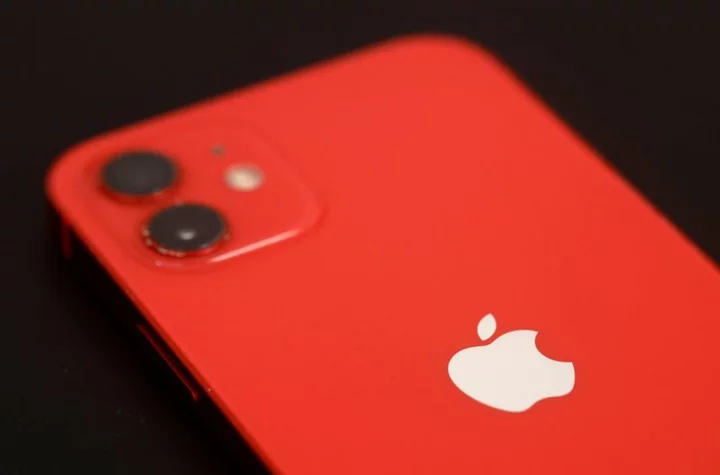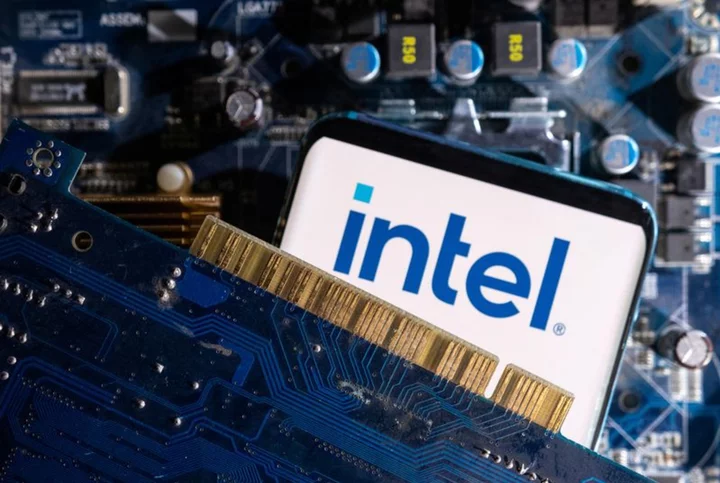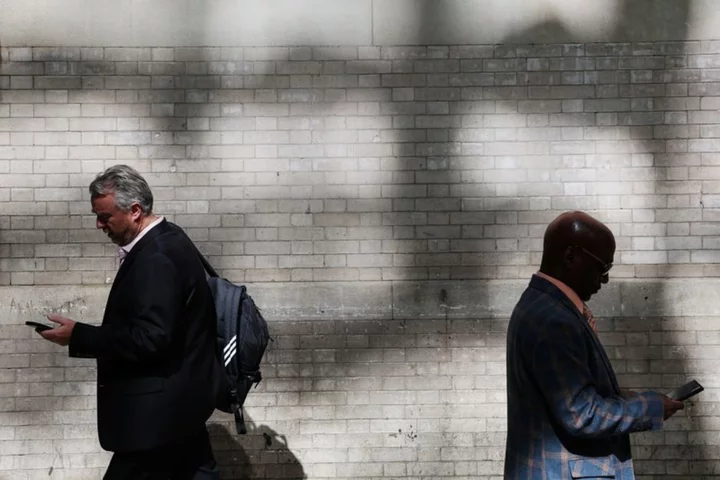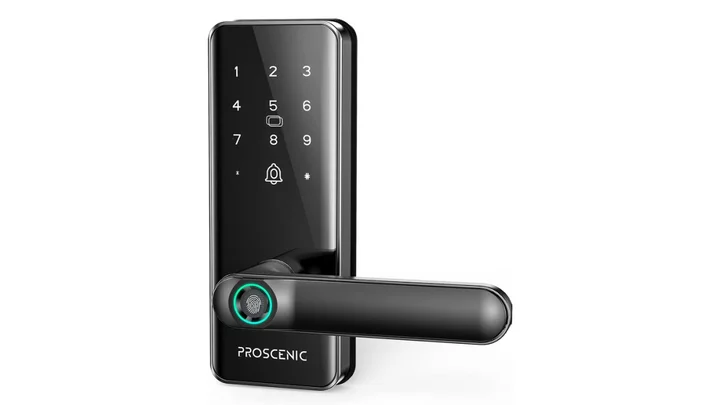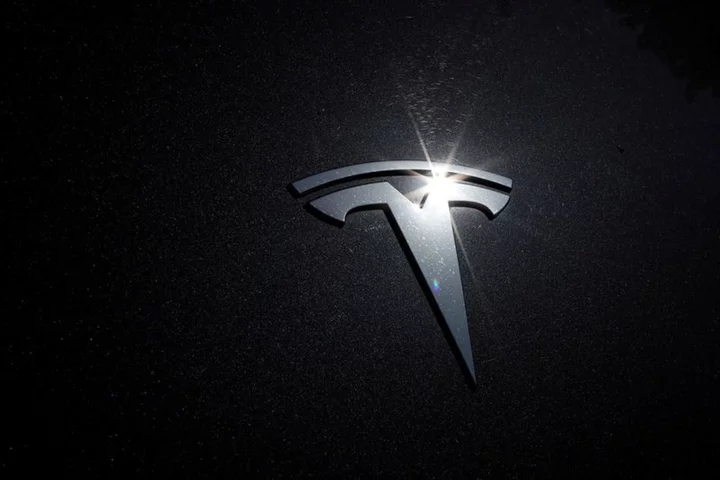By Jennifer Rigby and Martin Coulter
LONDON France's radiation watchdog has banned sales of Apple's iPhone 12 after tests that it said showed the smartphone breached European radiation exposure limits.
The Agence Nationale des Fréquences (ANFR) said on Tuesday the model's Specific Absorption Rate (SAR) - a measure of the rate of radiofrequency energy absorbed by the body from a piece of equipment - was higher than legally allowed.
Jean-Noel Barrot, France's junior minister for the digital economy, told newspaper Le Parisien a software update could fix the problem. If Apple does not resolve the issue, the ANFR said it would order a recall of the device across France.
Apple disputes the watchdog's conclusions, saying the iPhone 12 was certified by multiple international bodies as compliant with global radiation standards.
WHAT IS SAR?
"Standard Absorption Rate" refers to the dose of energy that the body absorbs from any source of radiation. It is expressed as watts per kilogram of body weight.
The radiation from mobile phones is a result of the way they work, by transmitting radiofrequency waves, creating electromagnetic fields. Unlike the radiation from X-rays or gamma rays – caused by radioactive decay – phones cannot break chemical bonds or cause changes to cells in the human body, a process which can ultimately cause harm like cancer.
HOW DANGEROUS IS IT?
The main issue caused by a phone's "non-ionizing" type of radiation is the heating up of body tissue. Above set limits, and depending on the duration of exposure, this can lead to health effects such as burns or heat stroke, according to the International Commission on Non-Ionizing Radiation Protection (ICNIRP), a body which sets guidelines for the limits globally.
The ANFR said accredited labs had found an SAR of 5.74 watts per kilogram during tests of the iPhone 12 being held in the hand or kept in a trouser pocket. The EU standard is 4.0 watts per kilogram. However, this represents no risk to human health, the chair of ICNIRP, Professor Rodney Croft, said.
The World Health Organization (WHO) and other international health bodies say there is no definitive evidence that radiation from mobile phones causes other adverse health effects. However, it has called for more research.
In 2011, the International Agency for Research on Cancer (IARC) classed the radiation from mobile phones as "possibly carcinogenic", or class 2B. This designation is used when the agency cannot rule out a potential link.
The agency said there was "limited" evidence of an increased risk of brain tumours in some, but not all, of the research available - and particularly for "heavy users" - but it could not rule out bias or errors in the data, meaning no definitive conclusions could be drawn.
HOW HAS APPLE RESPONDED?
The ANFR has said a software update should be sufficient to fix the issue.
In simple terms, this is because the software - the apps, programmes and other operating information running on a device - affects how the hardware (the device) works. So a software update should be enough to reduce iPhone 12 users' SAR exposure.
However, Apple has rejected the agency's findings. The company said it had provided ANFR with multiple Apple and independent third-party lab results proving its compliance with all applicable SAR regulations and standards in the world.
Apple said it would contest the results of ANFR's review and would continue to engage with the agency to show it is compliant.
ARE THERE MORE BANS TO COME?
The ANFR said the iPhone 12 had failed to meet European Union standards, raising questions over whether more sales bans could be coming elsewhere.
While it remains unclear if other authorities are investigating, Germany's Federal Office for Radiation Protection said on Wednesday "the question of the need for change is currently the subject of discussions".
(Reporting by Martin Coulter; Editing by Mark Potter)

